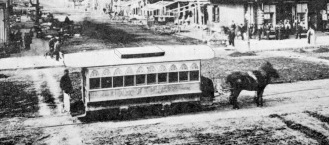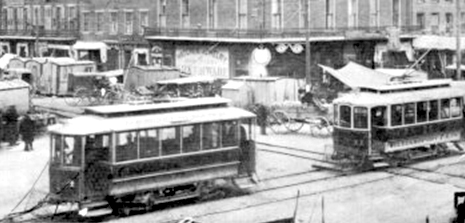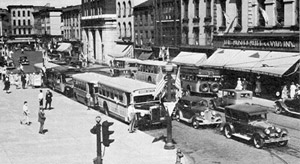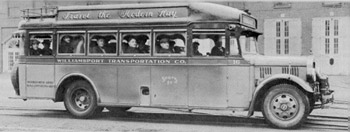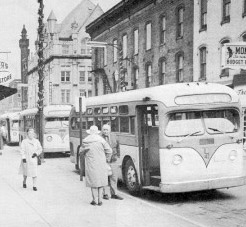Before the era of the automobile, the growth and development of populated areas depended on the availability of good public transportation. At first, these modes of transportation existed only to carry passengers from one town or village to another. Later, as some areas steadily grew in population and geographic size, modes of public transportation were developed which could carry residents between destinations within their own cities. Its not surprising then that Williamsport, which has been the largest city in northcentral Pennsylvania almost from its beginnings, boasts a long and varied history of local public transportation.
River Valley Transit History

History

1772
1863
1908
1925
1954
1967



